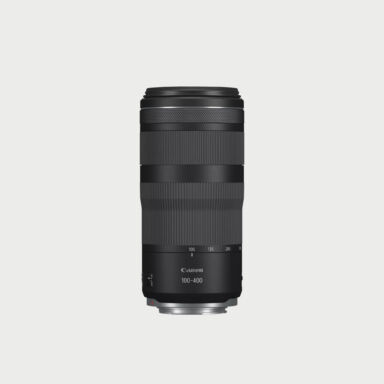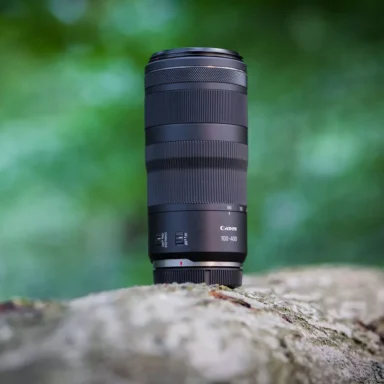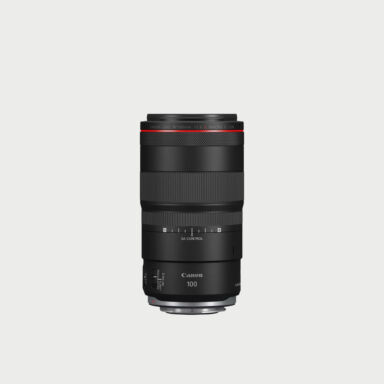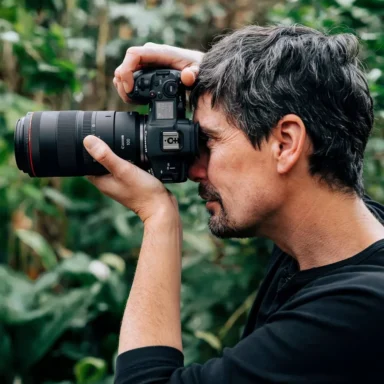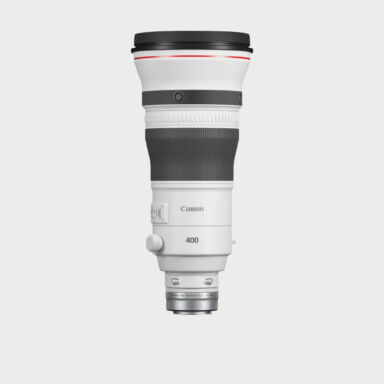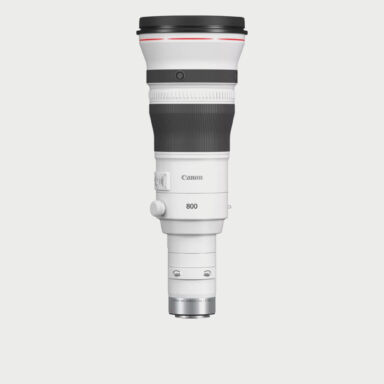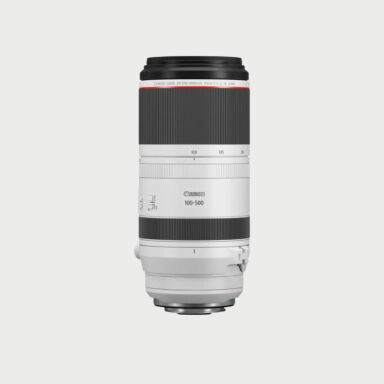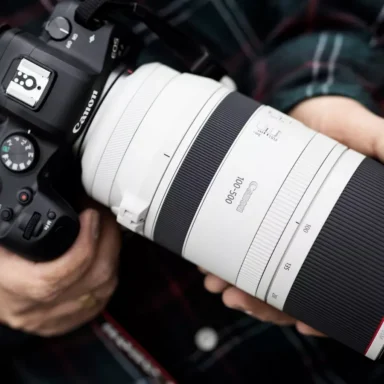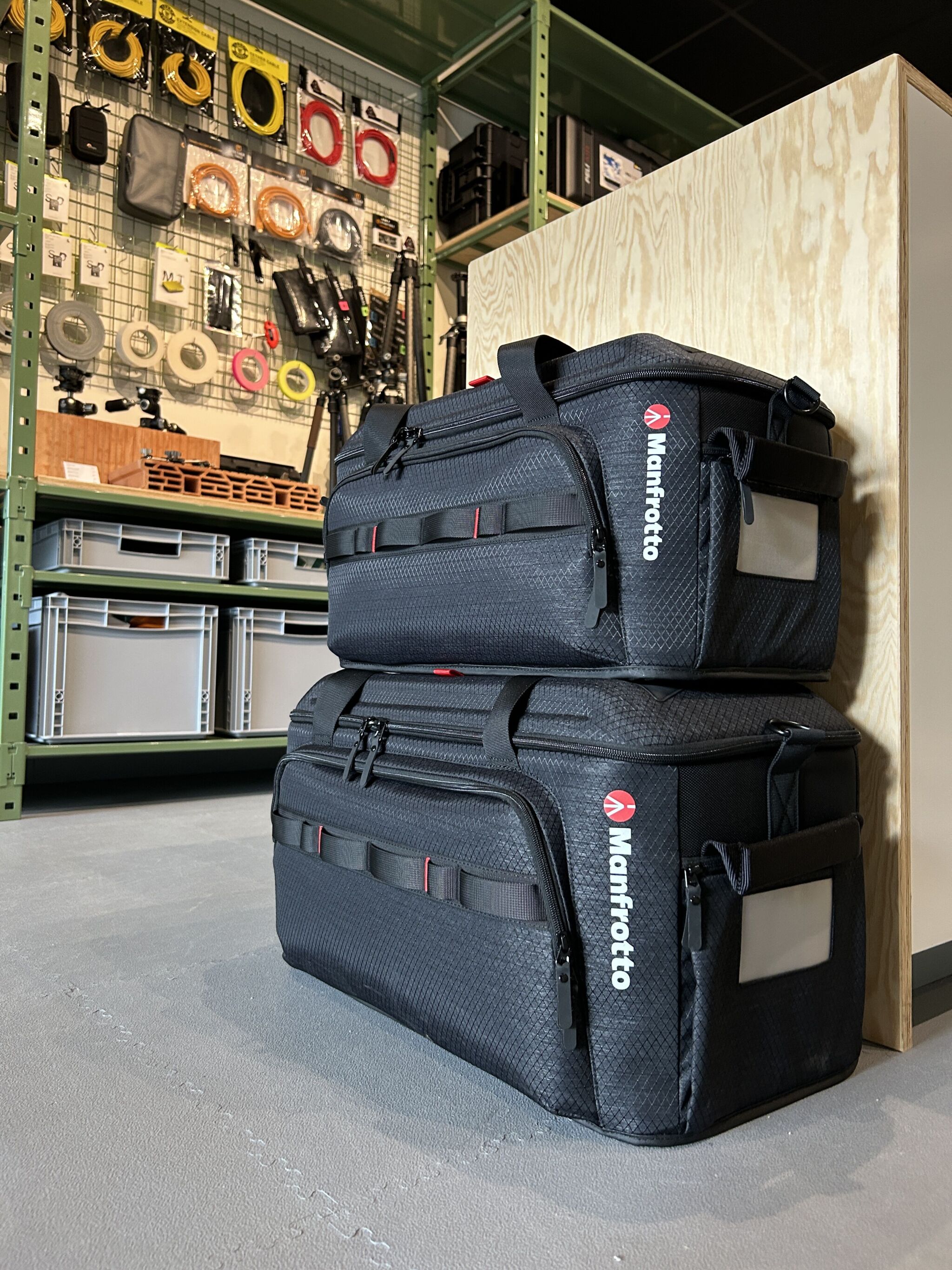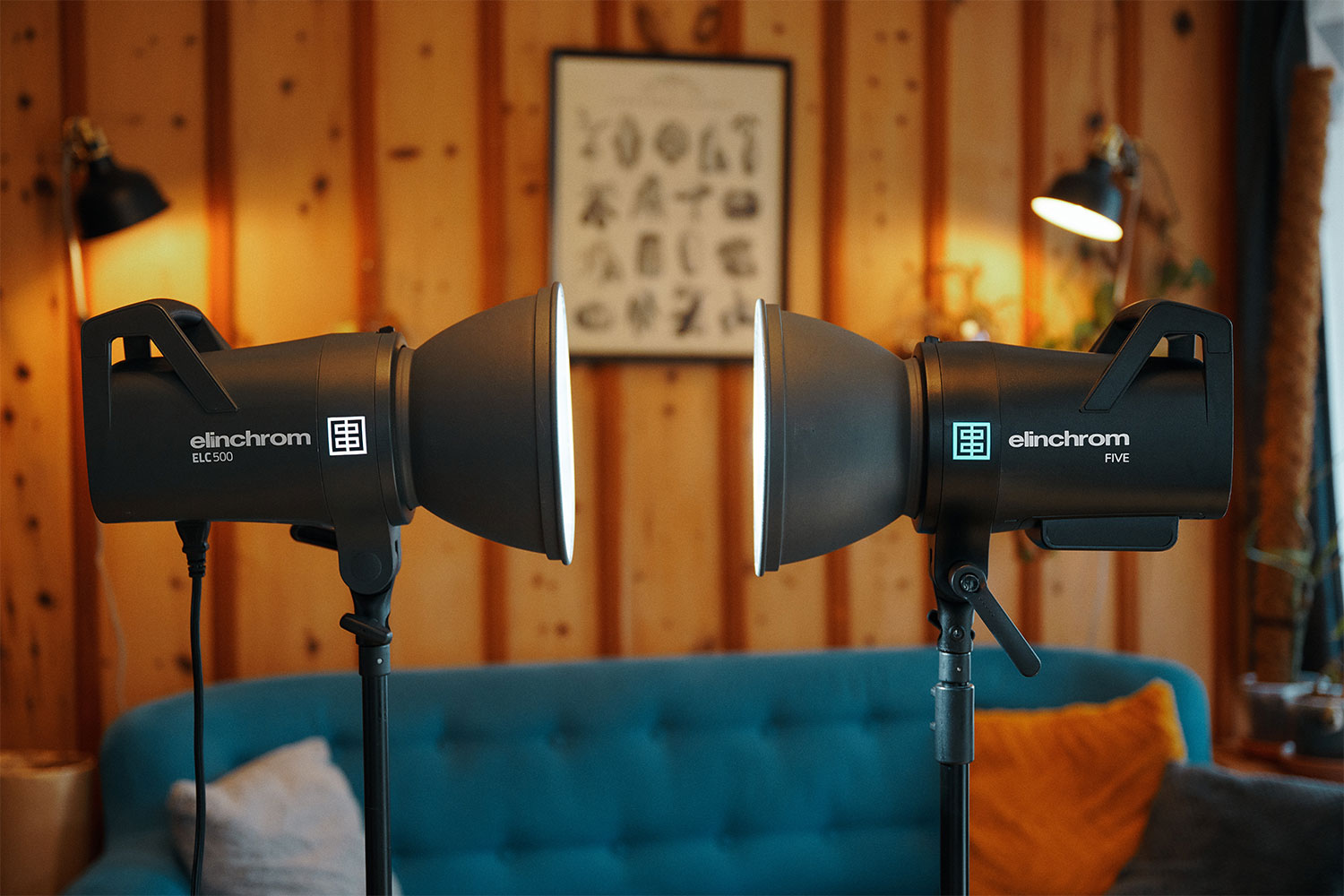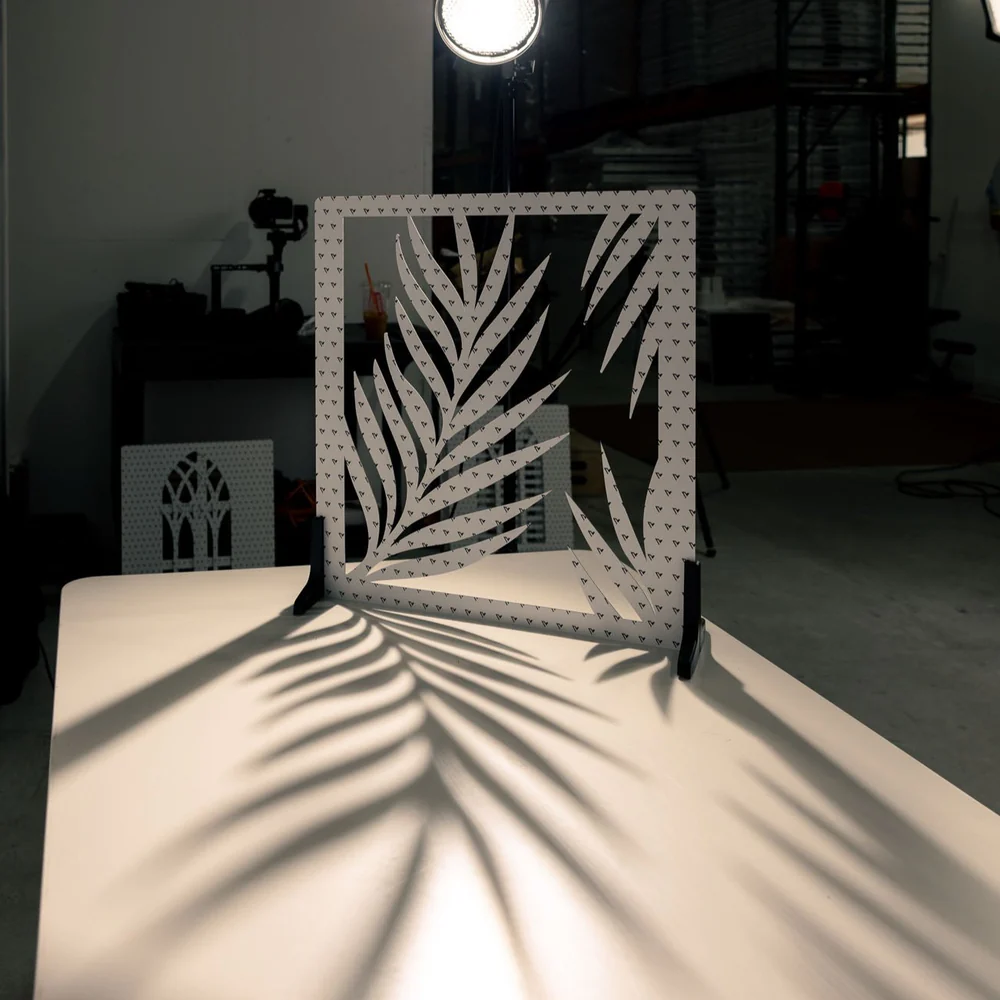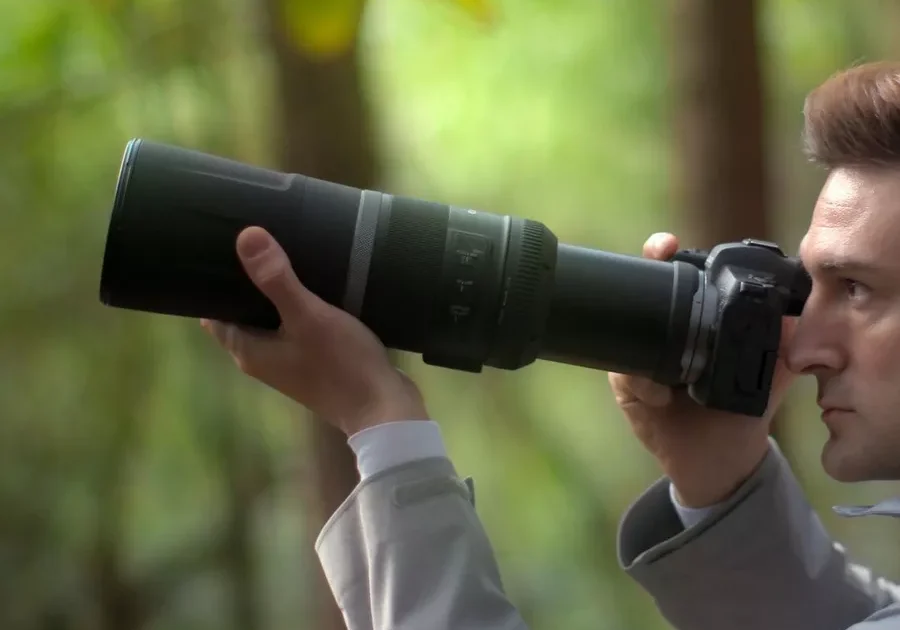Discover our test of the Manfrotto Pro Light Cineloader shoulder bag. We present its main features, its strong points and all its functionalities.
Taking pictures of wild animals and birds in their natural habitat requires knowledge and understanding of their behavior, patience and perseverance.
But even if you have all these qualities, you won’t get very far without a good lens, and especially a telephoto lens.
Discover the best telephoto lenses in Canon‘s RF range for bird and wildlife photography in this article.
There are a host of lightweight, high-performance lenses for wildlife photography compatible with Canon’s EOS R range cameras, such as the R3, R6 Mark II or the new R1.
Table of contents
Choosing a telephoto lens for animal photography
Telephoto lenses are the most commonly recommended lenses for photographing animals.
Generally have a focal length of over 85 mm, enabling you to capture detailed images of animals and birds from a distance. This is particularly useful, as many wild animals are fearful and shy away from humans.
With a telephoto lens, you can photograph these animals without disturbing them, capturing details while preserving good image quality.
Most telephoto lenses are also often equipped with image stabilization systems and fast autofocus, essential technical features for keeping up with animals on the move and not missing any key moments.
Tips: Note that it’s not always necessary to use a telephoto lens. Sometimes, a wide-angle lens can be used to capture wild animals in their environment, but you need to get up close.
Zoom or prime lens?
Zoom lenses are more versatile, as they allow you to change the framing of your photos without having to change position or stop shooting to change lenses.
Prime lenses don’t offer this advantage, as they only have one focal length, but they are generally lighter.
On the other hand, standard lenses are often available in longer focal lengths than zooms, making it easier to photograph animals that are difficult to approach. Image quality is also often superior for fixed lenses compared to equivalent zooms.
It’s up to you to test in the field and determine which lens best suits your way of photographing animals!
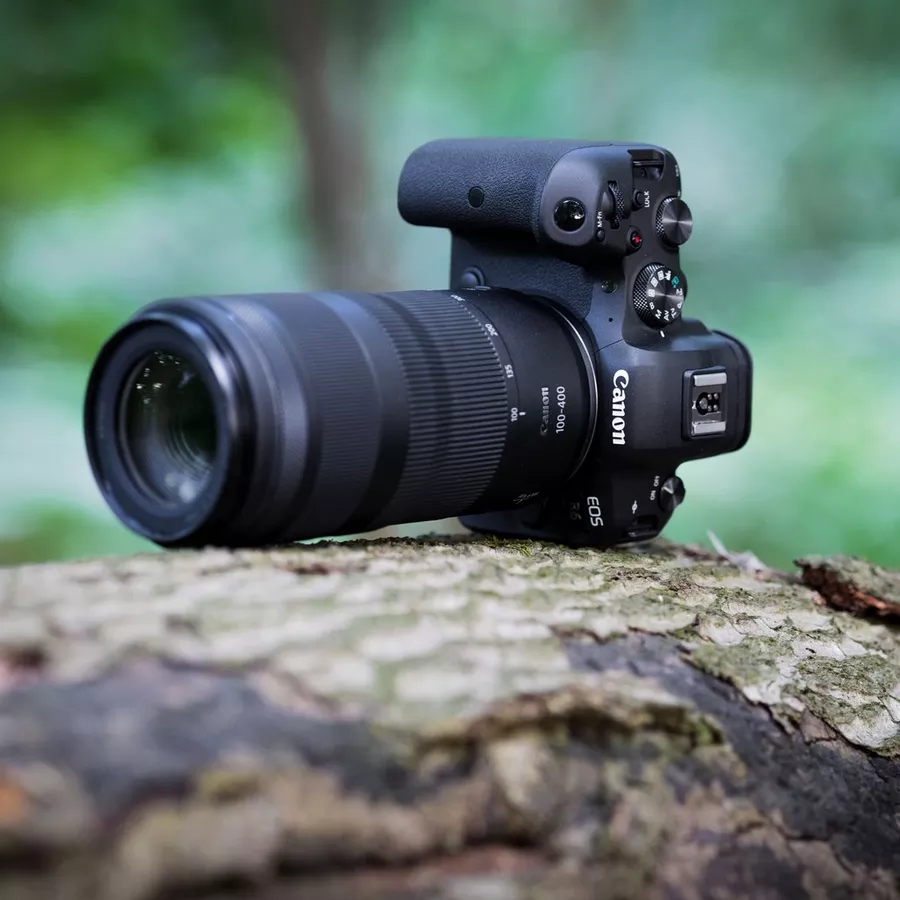
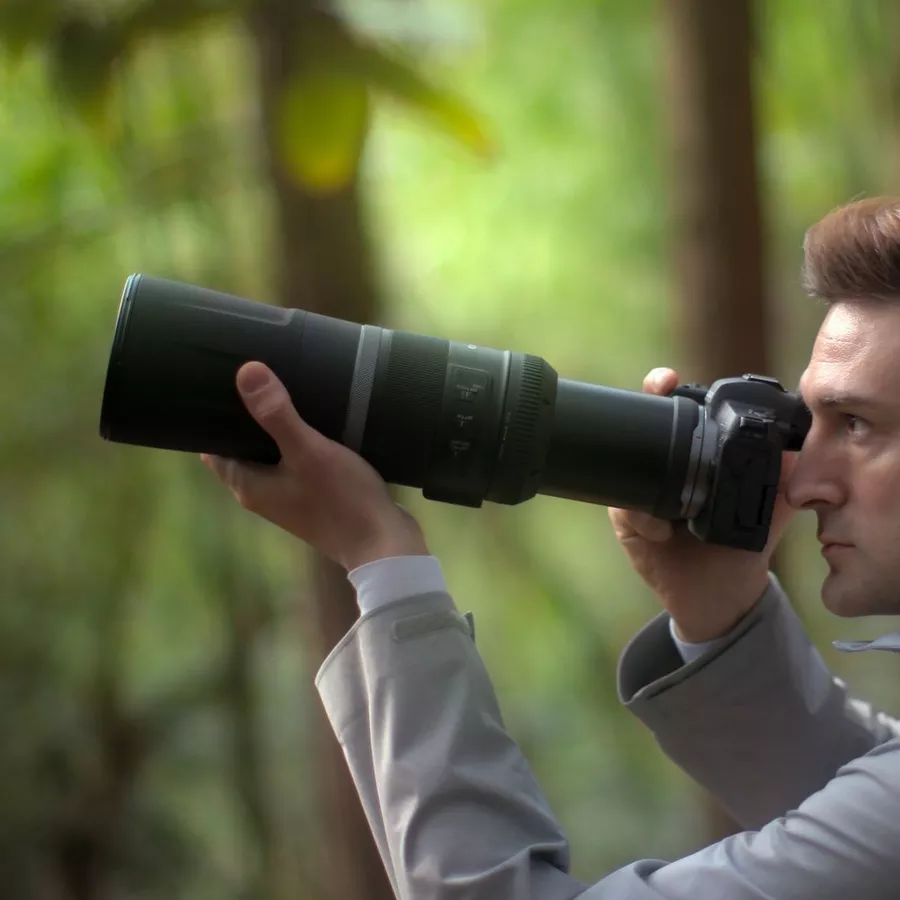
RF 100-400mm: The best low-cost lens for wildlife photography
The RF 100-400mm is an excellent choice for wildlife photography thanks to its combination of lightness, compactness and optical performance.
This compact telephoto zoom weighs just 645 g and measures 164.7 mm in length, making it easy to carry and handle during your bird or animal photography sessions.
The zoom range from 100 to 400 mm enables photographers to capture distant details, while offering flexibility in framing subjects. Its built-in optical image stabilizer, which compensates for up to 5.5 stops, helps to achieve sharp images even in low-light conditions.
Its 9-blade circular diaphragm allows you to create beautiful background and bokeh effects, ideal for capturing beautiful animal portraits.
Thanks to Nano USM technology, it features ultra-fast, smooth and above all silent autofocus, so there’s no need to frighten away the animals you’re about to photograph.
RF 100mm Macro: Photographing the details of small animals
The Canon RF 100mm f/2.8 L Macro IS USM is a first-rate macro lens, perfectly suited to photographers who want to capture fine detail in close-up subjects. This makes it ideal for photographing flowers, insects or other small animals close to the ground.
With a remarkable 1.4x magnification, the RF 100mm F/2.8 offers exceptional image clarity, surpassing conventional macro lenses that typically offer 1:1 magnification.
What’s more, spherical aberration control lets you customize the background blur (bokeh), offering creative possibilities for portraits or artistic compositions.
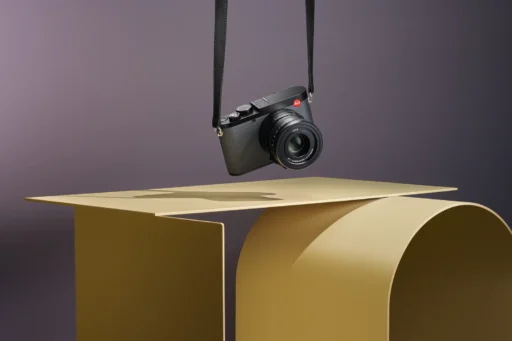



























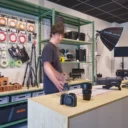
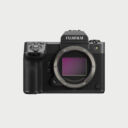 Photo
Photo 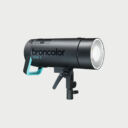 Lighting
Lighting 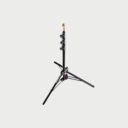 Tripods & Grip
Tripods & Grip  Digital
Digital  Bags & Cases
Bags & Cases  Printing
Printing 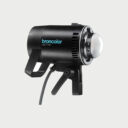 Continous lights
Continous lights 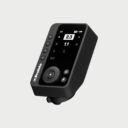 Transmitters
Transmitters 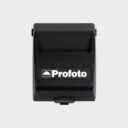 Accessories & Parts
Accessories & Parts 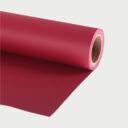 Accessories tripods & grips
Accessories tripods & grips 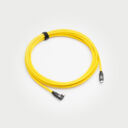 Cables & Tether
Cables & Tether  Hub & Adaptaters
Hub & Adaptaters  Portable power stations
Portable power stations 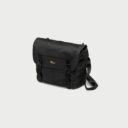 Sling bags
Sling bags  Rolling bags
Rolling bags 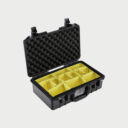 Hard cases
Hard cases  Organizers & Pouches
Organizers & Pouches 